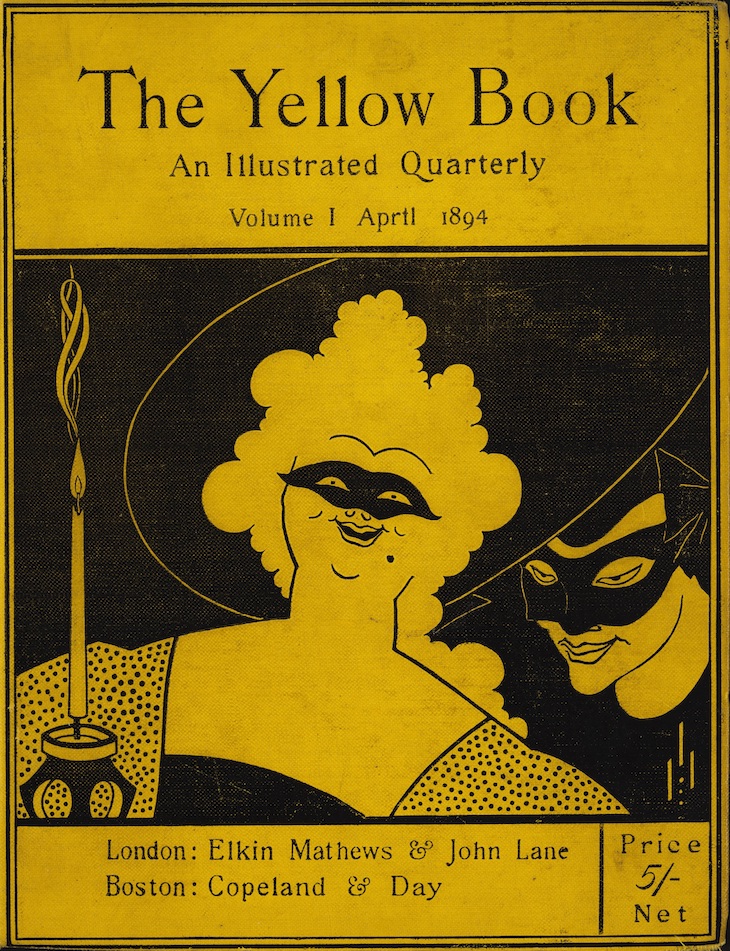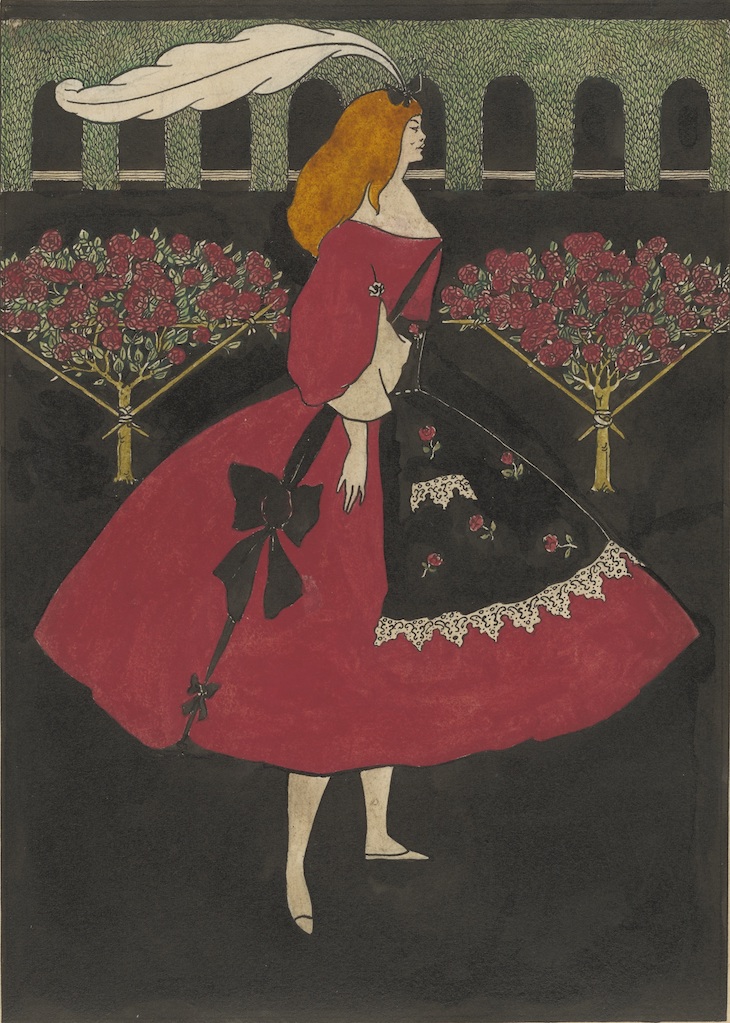Beardsley’s erotic, often controversial illustrations for works such as Oscar Wilde’s Salome catapulted him to fame during his short but eventful life. With a large number of his drawings shown alongside published prints, this display focuses attention on his technical flair as a draughtsman. Find out more from the Tate’s website.

Self-portrait (1892), Aubrey Beardsley. Photo: © The Trustees of the British Museum
Beardsley died of tuberculosis in 1898 at the age of just 25, but in the short span of his career he revolutionised the art of illustration, combining an elegant linear style that defined art nouveau with a morbid sexuality that shocked late Victorian society. This self-portrait, showing a gaunt young man with a concentrated expression, was completed in his 20th year.

The Climax, from Oscar Wilde’s Salome (1893), Aubrey Beardsley. Photo: © Tate
In 1893, Beardsley was commissioned to produce 16 illustrations for the English version of Oscar Wilde’s Salome. Published the following year, these exoticising and erotically charged depictions of the macabre story brought Beardsley notoriety as the standard bearer for artistic decadence in Britain. The Climax, in which Herod’s daughter Salome kisses the severed head of John the Baptist, remains his most famous work.

Cover of The Yellow Book (Volume 1; 1894). Photo: © Tate
The Yellow Book was a short-lived literary quarterly in London, which published the likes of Max Beerbohm, Henry James and W.B. Yeats. Beardsley was made its art editor from its first issue (pictured) in 1894; he’s credited with the yellow cover, evoking explicit French novels – of the sort that corrupt Wilde’s Dorian Gray – while he also published illustrations by artists as distinguished as William Rothenstein, John Singer Sargent and Walter Sickert.

The Slippers of Cinderella (1894), Aubrey Beardsley. Courtesy University of Delaware Library
This is a watercolour-and-ink version of an illustration that appeared in print in The Yellow Book in July 1894, accompanied with a darkly comic caption explaining how the fairy-tale heroine ‘died soon after’ her marriage to her beloved prince, ‘poisoned […] by her elder sister Arabella, with powdered glass’. The glass slippers become a fatalistic symbol, while Cinderella’s almost blood-red dress, matching the rose bushes, imbues the scene with intensity.











![Masterpiece [Re]discovery 2022. Photo: Ben Fisher Photography, courtesy of Masterpiece London](http://www.apollo-magazine.com/wp-content/uploads/2022/07/MPL2022_4263.jpg)
Why are fathers so absent from art history?